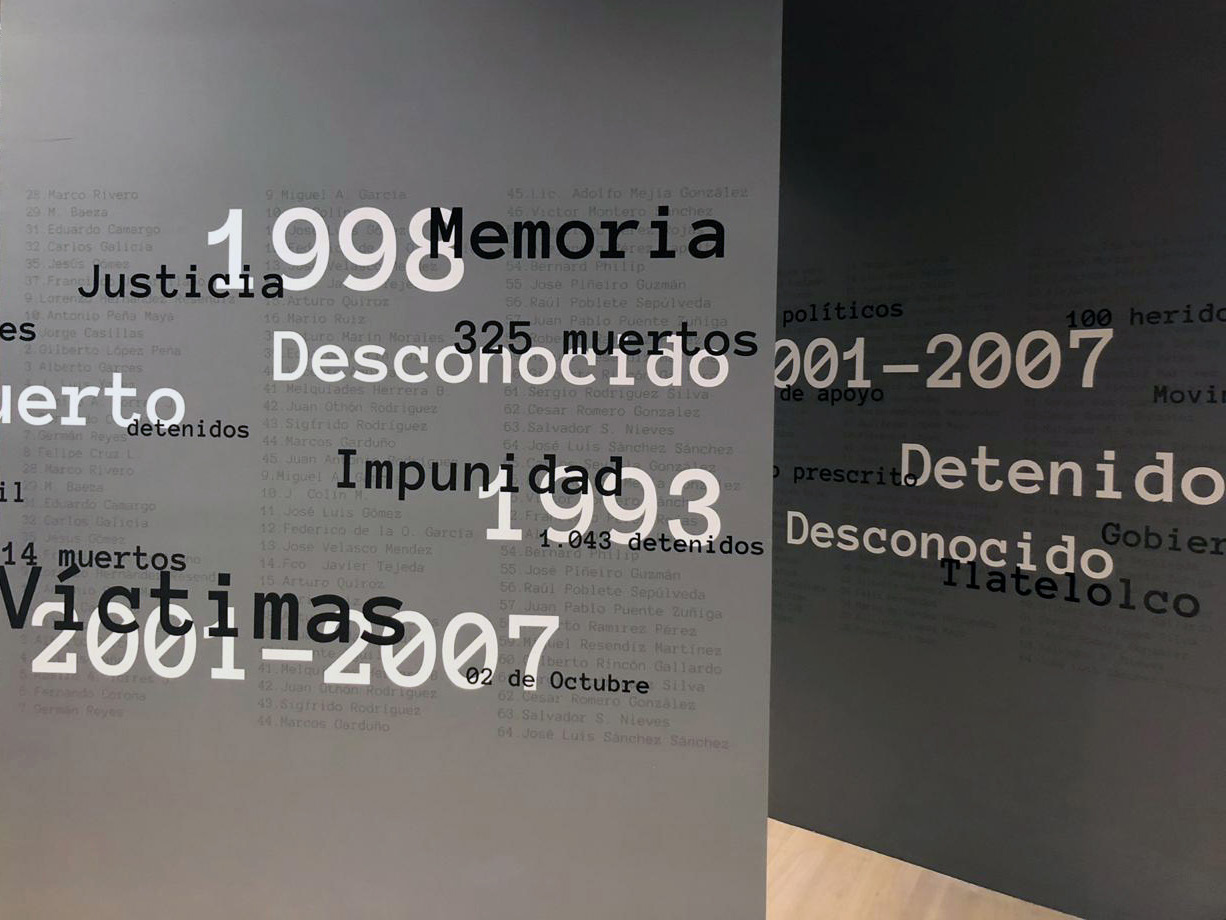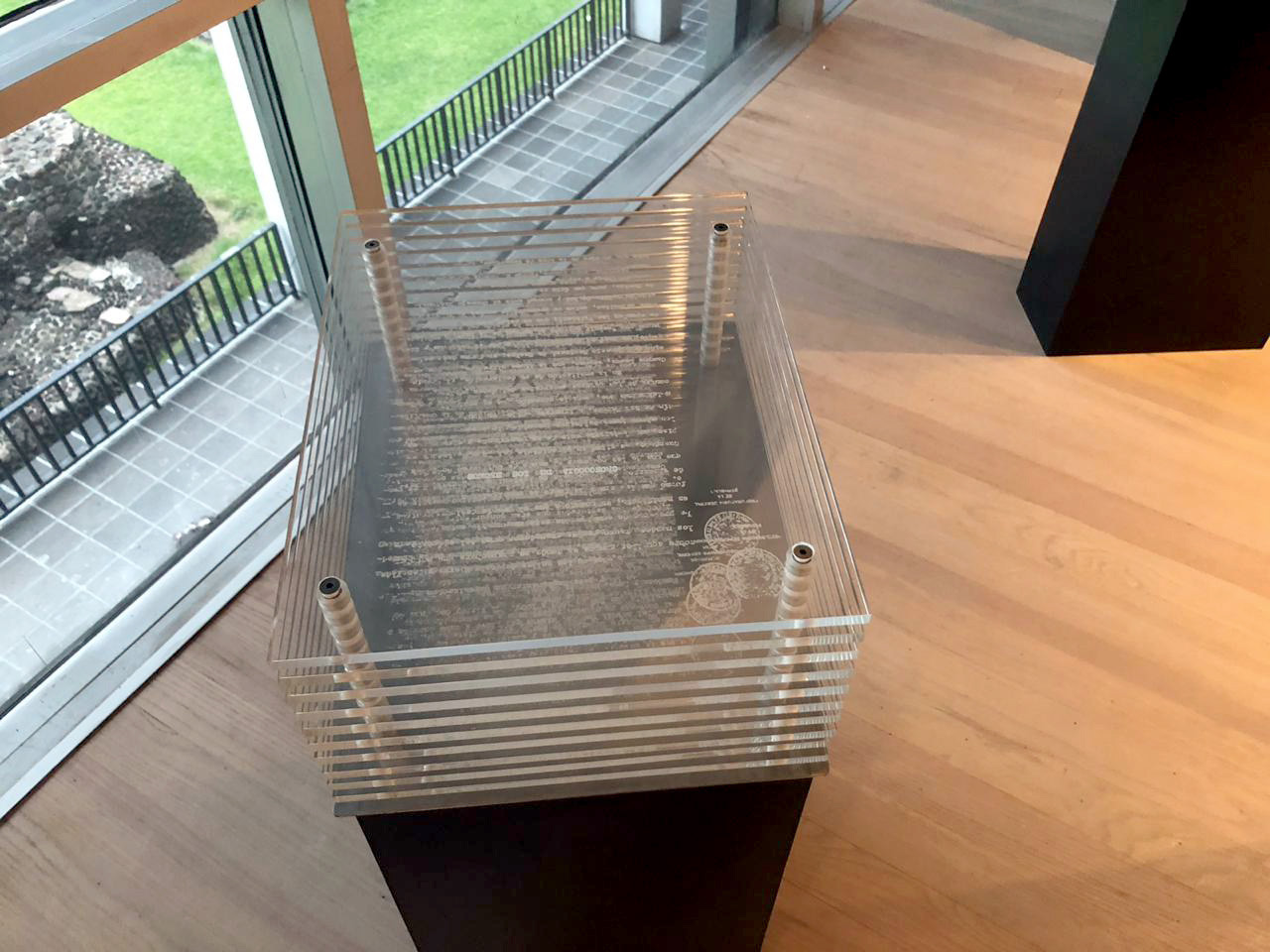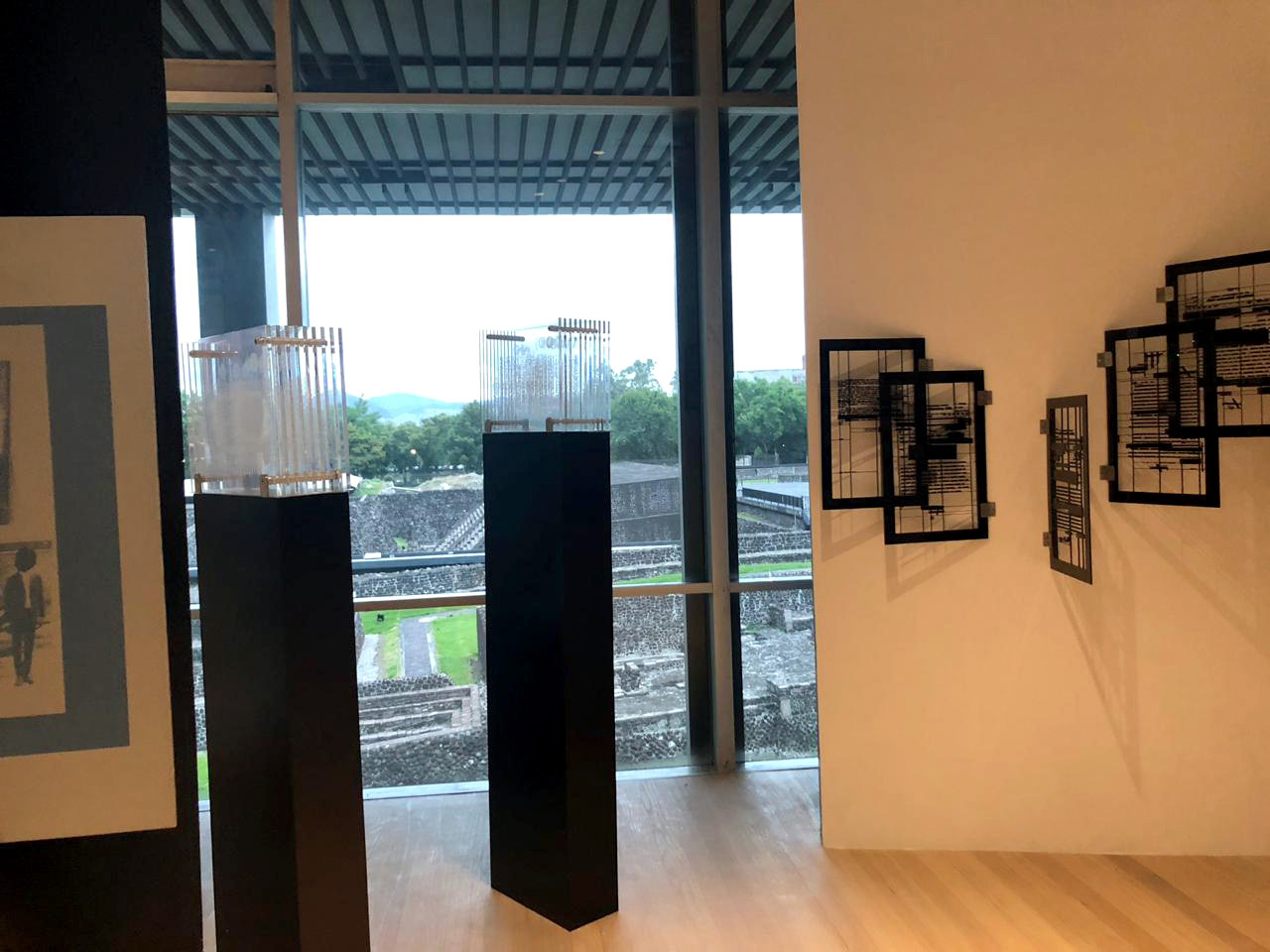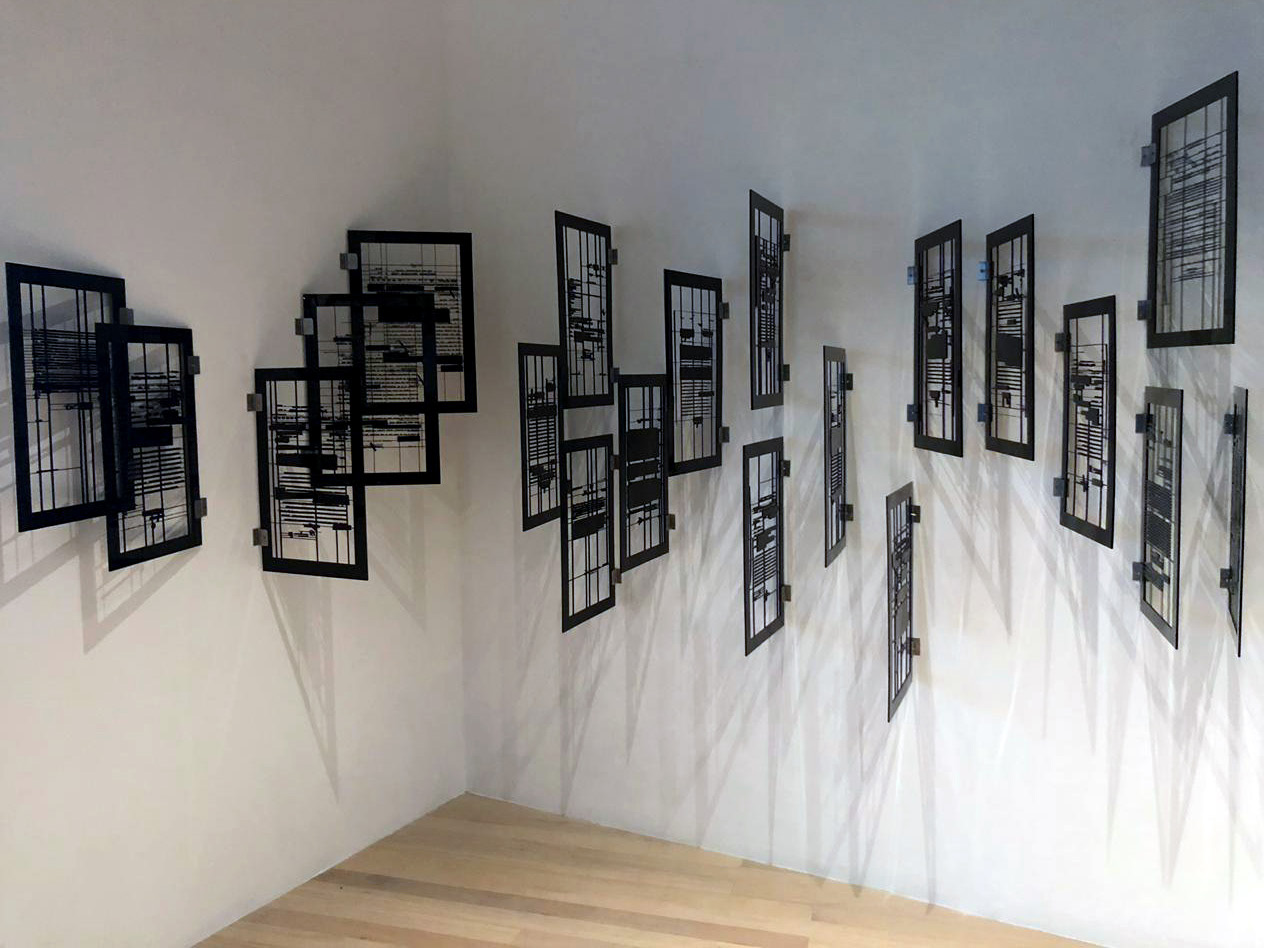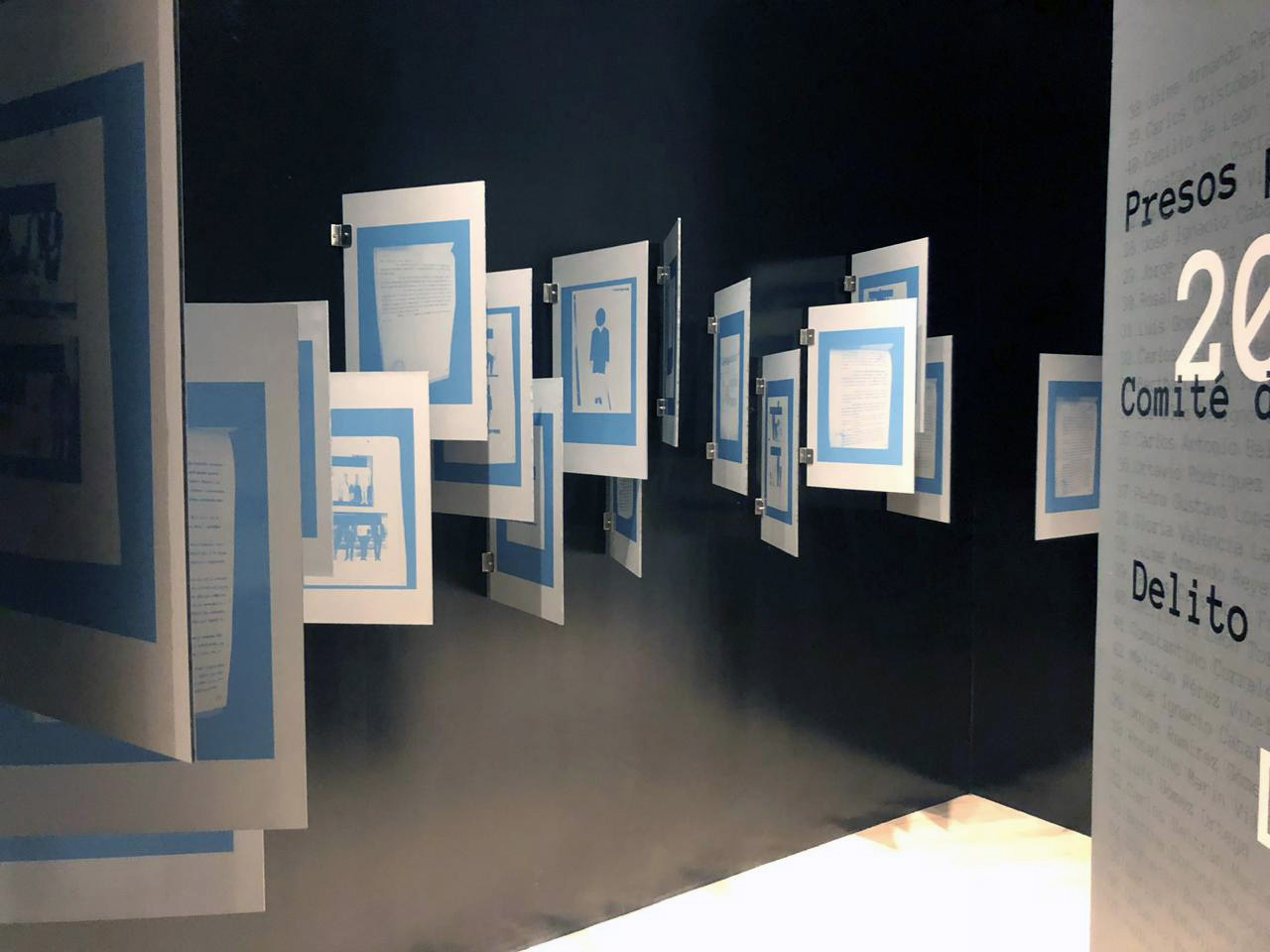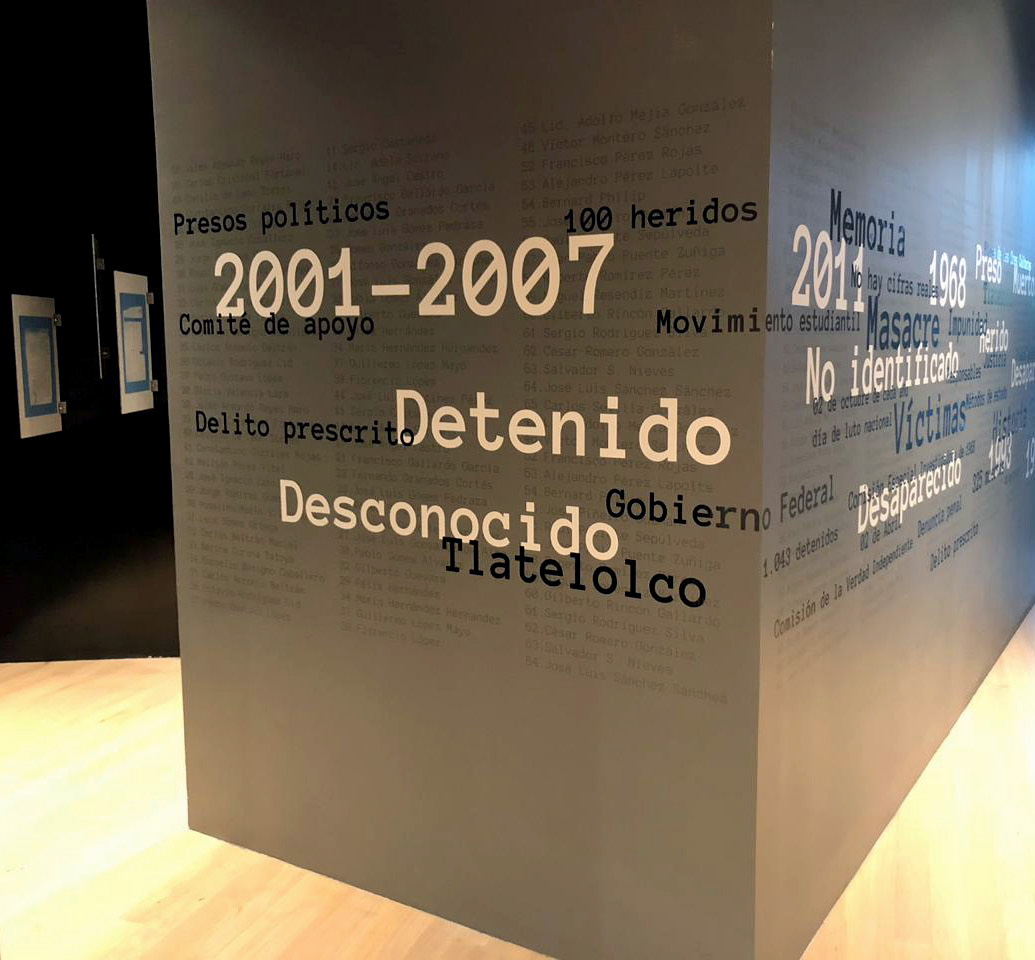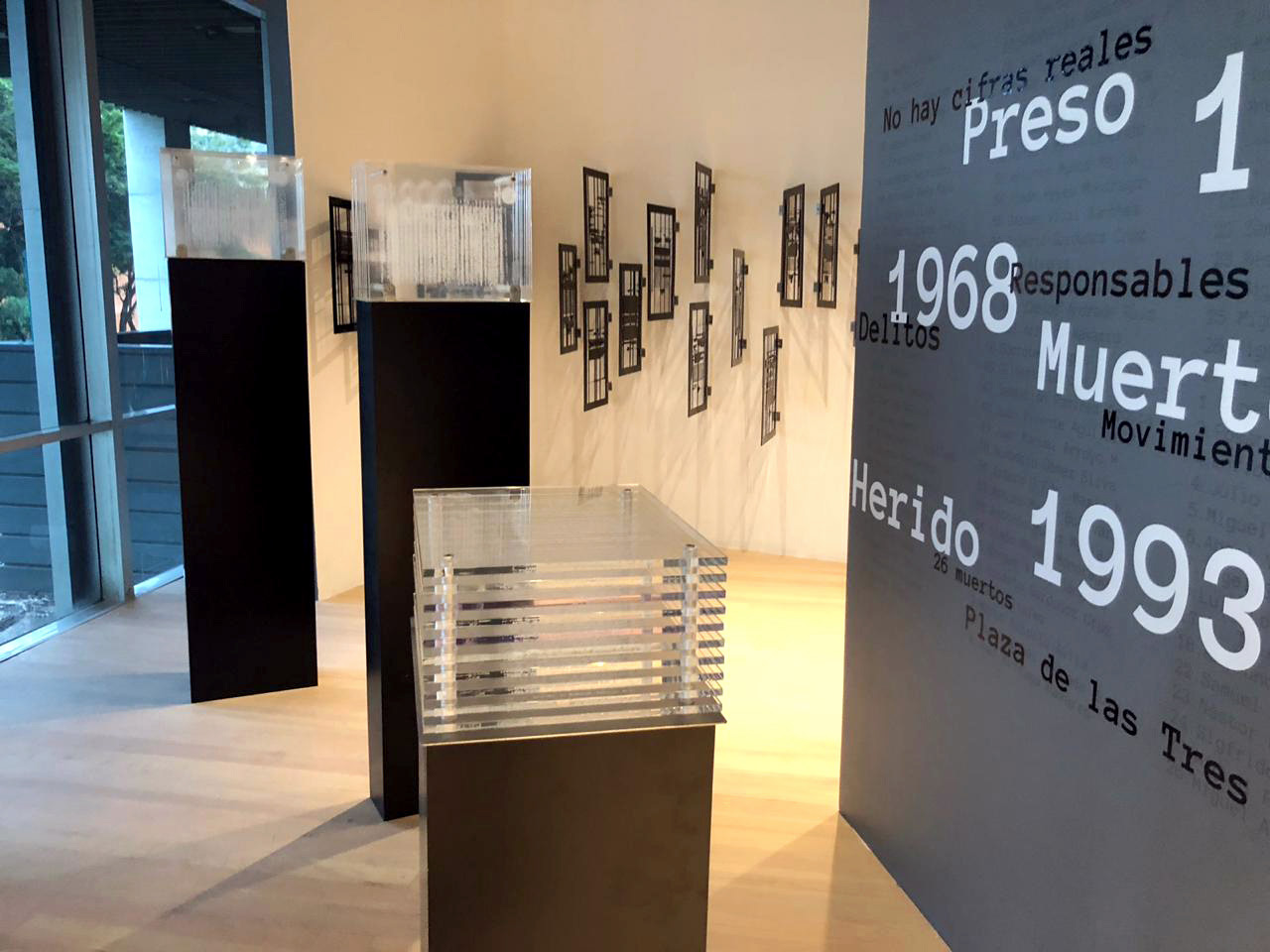
Secret Memorialis
The work raises the relationship between archival material as a fundamental factor in the construction of history and, on the other extreme, its manipulation as the impossibility of history. The Tlatelolco Massacre is a milestone in the history of Mexico-and Latin America-which is presented as a symbol of the Dirty War and the Cold War, where extermination, impunity and concealment are forms of violence imposed to achieve social control, using shock as a method of intelligence proposed as the “solution” to political and social conflicts. The disproportion of the Tlatelolco Massacre, the erasure of the victims, the concealment of their bodies, the difficulty to elaborate the facts and obtain justice and punishment, transform the condition of the secrecy of information as the most efficient political operation to contain the social and political movements that establish in Latin America. The figure of the disappeared, as the euphemism that conceals violence, trivializes horror, corrupts the justice system and the political system.
The work proposes three spatial instances that elaborate the archival material involving the Tlatelolco Massacre: declassified US archives that were secret, Mexican historical archives, and archives that contain the evolution of the list of victims. The work constructs a physical and material space for the exhibition and conservation of these archives, in addition to producing the narratives, secret, public, true, or false, that were implicit in the way the massacre was documented in official terms by national and international organizations.
The selected archives construct the narrative of the facts and evidence the concealment and corruption that are implied in the absence of identification of the murdered people, in the application of justice and in the construction of memory, allowing the viewer-reader to be able to consult this history within the work. The selection of the North American and Mexican archives on this fact and the way they are arranged, are understood as an alert to the condition of Mexican and Latin American history, which denote its sense of interdependence, interventionism, and colonialism, being the absence of the determination of the victims and their absence of justice and narrative, one of the most nefarious effects of the history of the second half of the twentieth century in the continent.
DIFFUSION VIDEO
Voluspa Jarpa. Visita de estudio
exhibición:
PERMANENT COLLECTIVE EXHIBITION
CURATED BY: LUIS VARGAS SANTIAGO & JOSUÉ MARTÍNEZ
ciudad:
país:
Especificación:
- Secret Memorialis
5 blocks of laser-engraved acrylic plates on wooden bases, adhesive graphics on wall, 23 aluminum composite sheets coated on both sides with photo-etched aluminum sheets and 35 laser-cut acrylic plates
